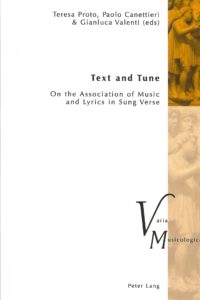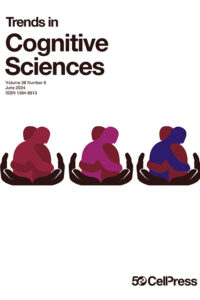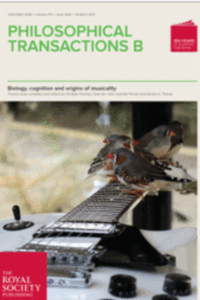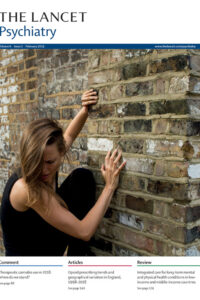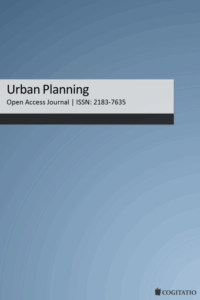About the book
This book offers an overview of issues related to the regulated, formal organization of sound and speech in verse intended for singing. Particularly, it is concerned with the structural properties and underlying mechanisms involved in the association of lyrics and music. While in spoken verse the underlying metrical scheme is grounded in the prosody of the language in which it is composed, in sung verse the structure is created by the mapping of specific prosodic units of the text (syllables, moras, tones, etc.) onto the rhythmic-melodic structure provided by the tune. Studying how this mapping procedure takes place across different musical genres and styles is valuable for what it can add to our knowledge of language and music in general, and also for what it can teach us about individual languages and poetic traditions. In terms of empirical coverage, the collection includes a wide variety of (Western) languages and metrical/musical forms, ranging from the Latin hexameter to the Norwegian stev, from the French chant courtois to the Sardinian mutetu longu. Readers interested in formal analyses of vocal music, or in metrics and linguistics, will find useful insights here.
Get the book from Athenaeum Booksellers, Amsterdam’s largest independent bookstore.
About the author
Teresa Proto is a Researcher of Linguistics and German Philology at the Leiden University Centre for Linguistics.
Research
I am a postdoctoral researcher in the project Knowledge and Culture, subproject Text setting. The expression ‘text setting’ denotes the process of aligning textual units to musical units in creating and/or performing vocal music. What is interesting about text setting is that native speakers (who are active participants in their singing traditions) have clear intuitions as to how to map a text onto a tune, despite the lack of explicit training and the difficulty implied by the coordination of the various abilities involved. How do people do this? My contribution to answering this question consists of an empirical study of individual singing idioms and natural languages.
- CV
- 2014-present: Post-doctoral Researcher in the NWO Horizon Project “Knowledge and Culture” (Leiden University & Meertens Instituut).
- 2013-2014: EURIAS Fellow at the Netherlands Institute for Advanced Study (Wassenaar).
- 2011-2012: Junior Fellow at the Collegium de Lyon (Lyon).
- 2008- 2010: Post-doctoral Researcher on the project “Musical and Metrical Text-setting in Songs” at the the laboratory Structures Formelles du Langage (CNRS/Université Paris 8, France).
- 2004-2007: Ph.D. in Germanic Linguistics and Philology at the University of Siena.
Key Publications
Proto, T. (2015) ‘Prosody, melody and rhythm in vocal music: The problem of text-setting in a linguistic perspective’. In: B. Köhnlein / J. Audring (eds.), Linguistics in the Netherlands 2015 [AVT 32]. Amsterdam: Benjamins.
